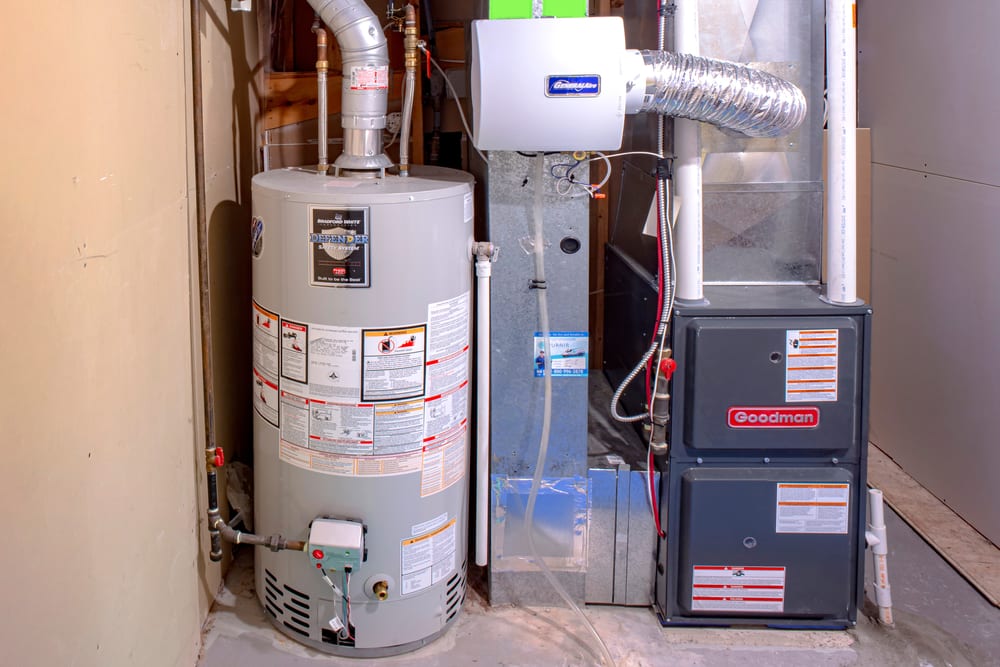What Is The Difference Between Gas and Wall Furnaces?
Our winters here in the Vancouver area may be mild, but we still need to crank the heat once in a while. You have choices though, regarding how to heat your home, they might be a little complicated but that’s why we’ve designed this guide to help explain the difference and decide between a gas and wall furnace.
GAS FURNACES
Forced air gas furnaces are the most common heating appliance installed in homes in Canada. The furnace is usually matched with an air conditioning system. This means that the furnace is not only used in the winter to warm our homes, but in the summer too. The furnace fan, or blower, helps the air conditioner circulate cooled air.
If you decide on a forced-air gas furnace, we recommend using one that is highly efficient to lower your energy bills. It’s also a good idea to choose a model with a variable speed motor or modulating gas valve. This will ensure a quiet system and in the end you get more bang for your buck.
WALL FURNACES
A wall furnace is typically used to supplement your existing heating system, in spaces where a central furnace may not be feasible. They’re easy to install because no additional venting, or chimney is required. Wall furnaces can also be less expensive than a forced air system because it’s a self-contained appliance that is designed for small spaces.
Wall furnaces aren’t just for supplementing a forced air system though, they’re also a popular choice for cottages, garages, mobile homes and other hard to heat areas.
DIFFERENCES BETWEEN GAS AND WALL FURNACES
- EFFICIENCY: Forced air systems such as the Daikin furnaces we recommend come with either a 96% or 98% efficiency rating by Energy Star. Wall furnaces are naturally less efficient; however, we recommend Rinnai wallfurnaces that are still pretty efficient with ratings of 81% and 83%.
- VENTING: Duct work is required to run a forced air system, where as wall furnaces vent directly from the unit.
- SET UP: A professional team is required to install a new furnace, and possibly run duct work. An electric wallfurnace usually just needs to be hung up and plugged in. For gas wall units, professional installation isn’t necessary but is recommended. If you’re running new gas lines to a room, however, you’ll need a certified professional.
- REBATES: Since most forced air systems are highly efficient, it’s likely you’ll qualify for a rebate. The federal and provincial governments, along with utility companies rotate through different rebates available. The recent “double rebate” from Fortis BC is a great example.
- SAFETY MEASURES: The furnace is a well contained unit, often behind doors in the basement. A wall furnacehowever is installed in an occupied room on an open wall. You want to ensure there’s no chance of furniture or people coming into contact with the unit. You’ll also need to keep the heating coils of an electric wall furnaceclean, since dust or debris collecting on the coils is a fire hazard.
WHAT’S RIGHT FOR YOU AND YOUR SPACE
It really comes down to how much space you’re trying to heat and your long-term goals. For cottages, trailers and detached garages, a wall unit is usually the easiest and least expensive option. Also, if you’re looking to heat one room and don’t foresee any renovations in the near future, allowing you to easily add duct work, then a wall furnace is your best bet.
If, however, you feel you might upgrade your forced air system soon, it might be economically better in the long run to add duct work and use your new highly efficient forced air system to heat the whole home. If you have more questions or would like an estimate on a forced air or wall furnace, we’re happy to help.










